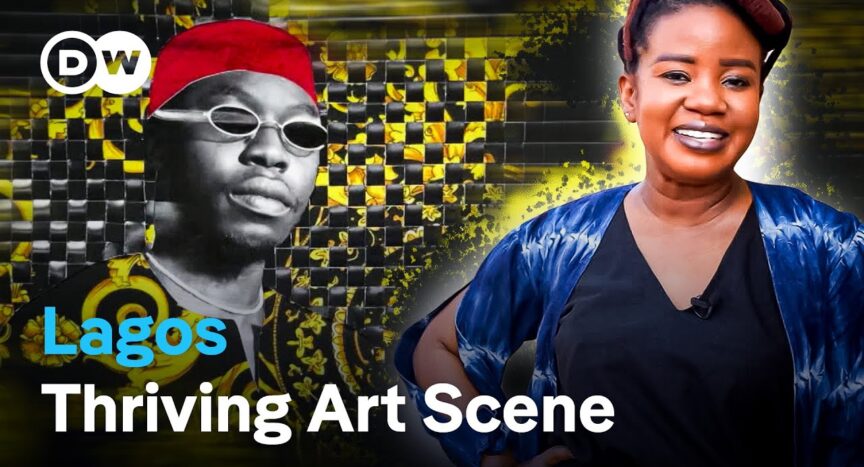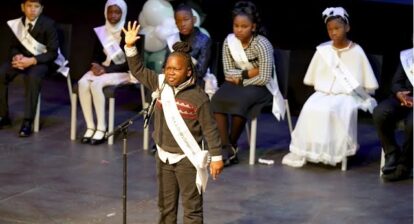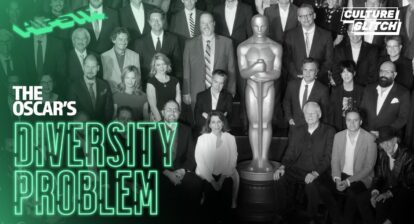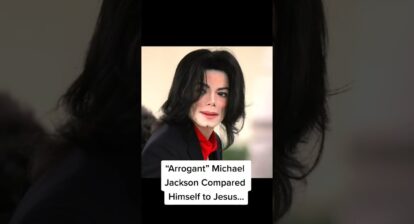We are in Lagos, the cultural center of Nigeria. As Africa’s largest city, it is home to around 15 million people. Lagos, which is located on the west coast of the continent, has a complex history. A major center of the slave trade until the mid-19th century, it later became a colony of the British Crown, and was the capital of Nigeria from 1960 to 1991 after the country’s independence.
umoke Sanwo is an artist working in photography, video, and virtual reality. She is also a curator and describes herself as a storyteller. Sanwo takes us on a tour of her Lagos. She introduces us to some of the most interesting artists living and working there.
For example, the multimedia artist Taiye Idahor, who is interested in female and African identity, which she explores through the topic of hair.
We visit Kainebi Osahenye, one of Nigeria’s most important contemporary artists, who combines traditional and contemporary styles in his work. Political issues are also a recurring theme.
We speak with Victor Ehikhamenor, who works in multiple disciplines, examining topics such as African cultural heritage, diaspora, and post-colonialism.
We ask Ayobami Ogungbe to share his woven photographs with us. And, of course, we also take a trip to Nollywood, Nigeria’s booming film industry, led by product designer Abisola Omolade.
And finally, performance artist Jelili Atiku, who represented Nigeria at the 2017 Venice Biennale, shows us some new works. His art deals with human rights and social justice. Nigerian artists also address issues of tradition and identity, the legacy of colonialism, and some of the current challenges facing the African continent.
Join us for the fifth installment of our Art.See.Africa series, as we discover a cultural scene that is about to conquer the art world.
For more visit: https://www.dw.com/en/culture/s-1441
Please follow DW’s netiquette: https://p.dw.com/p/MF1G






